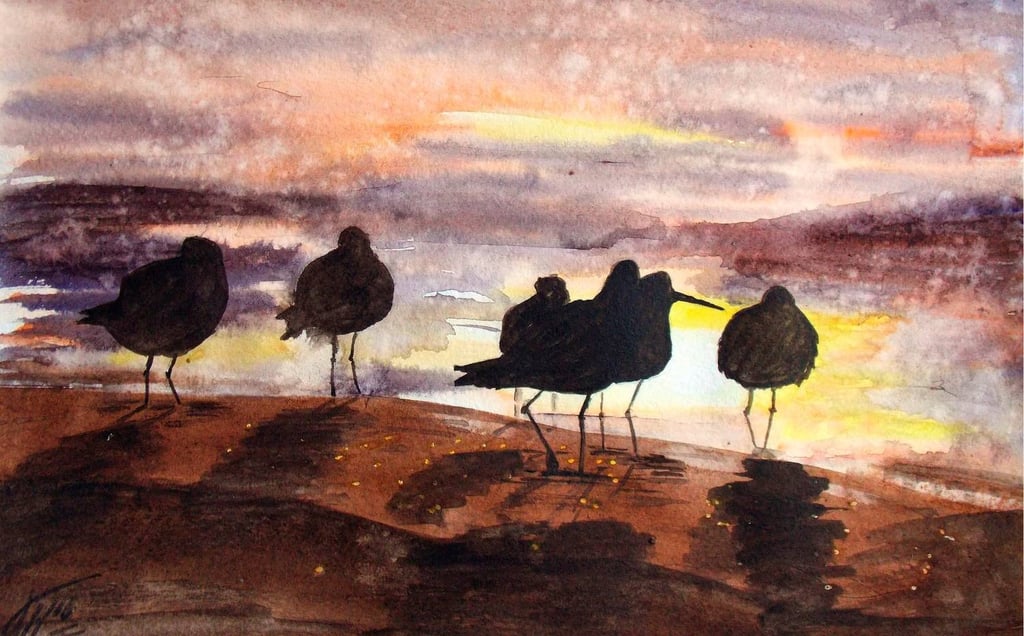Cotton vs Cellulose: Which paper is better for watercolor paintings?
2/25/2025


Which paper watercolor paints hold up better on: cotton or cellulose?
If you are thinking about buying a painting with watercolor paints, you will probably be interested in what paper these paints hold better - cotton or cellulose. After all, not only the durability of the work of art, but also its visual characteristics depend on the choice of paper. Let's understand what you need to consider when choosing a material.
Cotton: the ideal choice for watercolor
Cotton paper is the standard for artists working with watercolor. And that's for good reason! Paper made from 100% cotton has several important advantages:
High absorption and texture: Cotton paper absorbs water well, allowing the paint to spread softly and evenly. This effect gives great freedom to create unique textures and details. Because of the cotton fibers, the paper can hold more water, allowing the artist to work with watercolors in a blurring technique in which the paint “blurs” on the surface of the paper.
Durability: Cotton paper is very resistant to aging and the environment. These paintings remain in their original form for decades and sometimes centuries. This is why watercolor paintings on cotton paper are often considered more valuable from the collectors' point of view.
Depth of Color: Cotton helps to preserve the richness and vibrancy of the colors. The moisture that remains in the fibers helps the pigments mix better and creates an effect of transparency and depth of color.
Cellulose: an affordable but less ideal option
Cellulose paper, made from wood pulp, is more commonly used in more budget-friendly watercolor painting options. It is cheaper but has a number of disadvantages:
Less water absorption: Unlike cotton paper, cellulose paper is worse at retaining water, which can cause paint to dry quickly on the surface. This limits your paint handling capabilities, making it less flexible for watercolor techniques that take a long time to spread and create smooth transitions.
Less texture: Cellulose paper tends to have a smoother surface, which limits the artist's creative options in terms of textures and layers. It doesn't convey the same effect that can be achieved with cotton fibers and can produce less interesting results when using watercolors.
Less durability: Cellulose paper is more susceptible to fading and aging. A painting painted on cellulose should be kept out of direct sunlight and high humidity to ensure it lasts for a long time.
What should a buyer of a painting choose?
If you are planning to purchase a watercolor painting, it is important to consider that the paper has a significant impact on its appearance and durability. Paintings done on cotton paper will have richer colors, interesting texture, and will retain their original qualities longer. This is especially important if you want your painting to remain in great condition for many years.
Pulp artwork can also be beautiful, but it will likely be more affordable and less durable. If you're looking for a more budget-friendly option, pulp paintings are a good choice. However, if durability and aesthetic quality are important to you, a painting on cotton paper is much more preferable.
Conclusion
Cotton paper is a definite favorite among watercolor artists. If you want your painting to last long and retain its brightness and saturation, choose works on cotton paper. But don't forget that in the art world, you can always find a solution that suits your style and budget - no matter what paper the painting is done on.
Paper choice matters, and now you know why!
